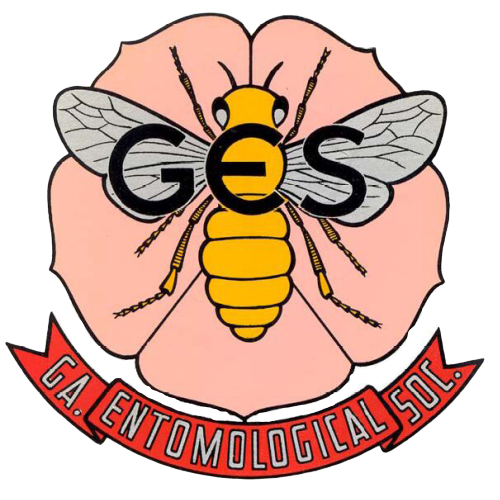Investigating the Suppressive Potential of Generalist Predators and Entomopathogenic Nematodes Against Resseliella maxima (Diptera: Cecidomyiidae) in South Dakota1
The soybean gall midge, Resseliella maxima Gagné, emerged as a new species and pest of soybean in the northern Great Plains in 2018. Management tools such as insecticides are largely ineffective because the damaging larval stages, which occur inside a plant stem, are hidden and protected; thus, alternative approaches such as biological control need to be investigated. The purpose of this research was to assess the biological control potential of generalist predators that had not been previously exposed to soybean gall midge and of entomopathogenic nematodes (EPN), which have been shown to infect and kill other gall midge species but have not been evaluated for soybean gall midge. The objectives were (a) to compare soybean gall midge predation rates of three ground-dwelling and three foliar predator species collected from a soybean field without soybean gall midge in bioassays with and without soil and (b) to evaluate the susceptibility of soybean gall midge larvae to four commercially available EPN isolates in the laboratory, each at three inoculation rates. Generalist predators not previously exposed to soybean gall midge consumed 39–98% of larvae within 24 h, although the addition of soil to the bioassay significantly reduced consumption rates for species evaluated in both bioassays. We confirmed that all four EPN species successfully infected and killed larvae, with similar survival rates among EPN species and inoculation rates tested. These results suggest that biological control agents may be a vital component for integrated pest management of soybean gall midge.Abstract
Contributor Notes
